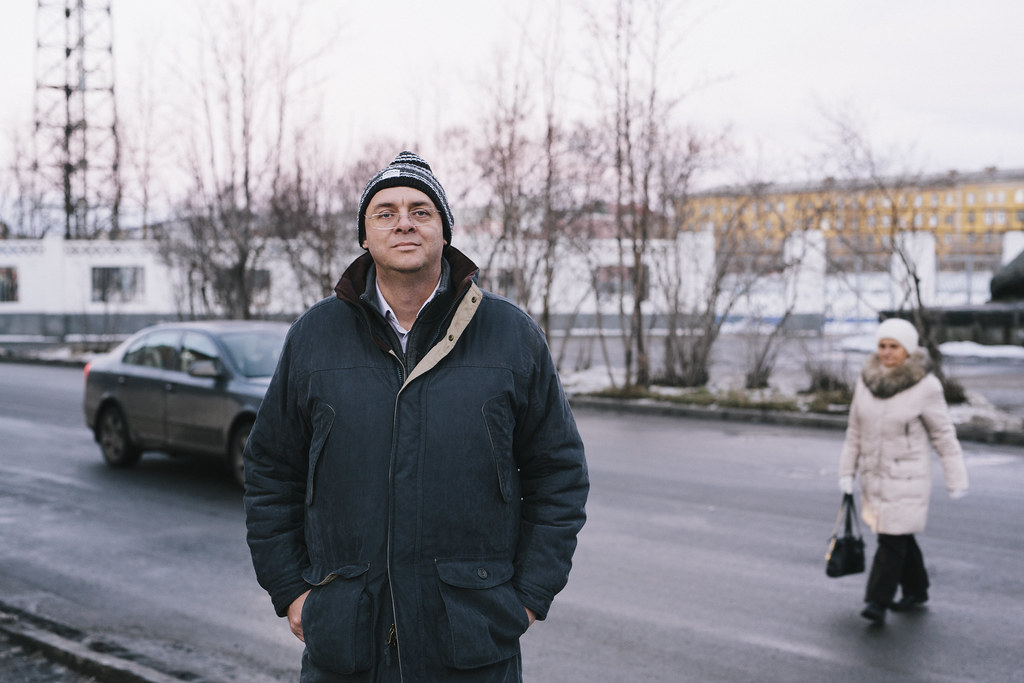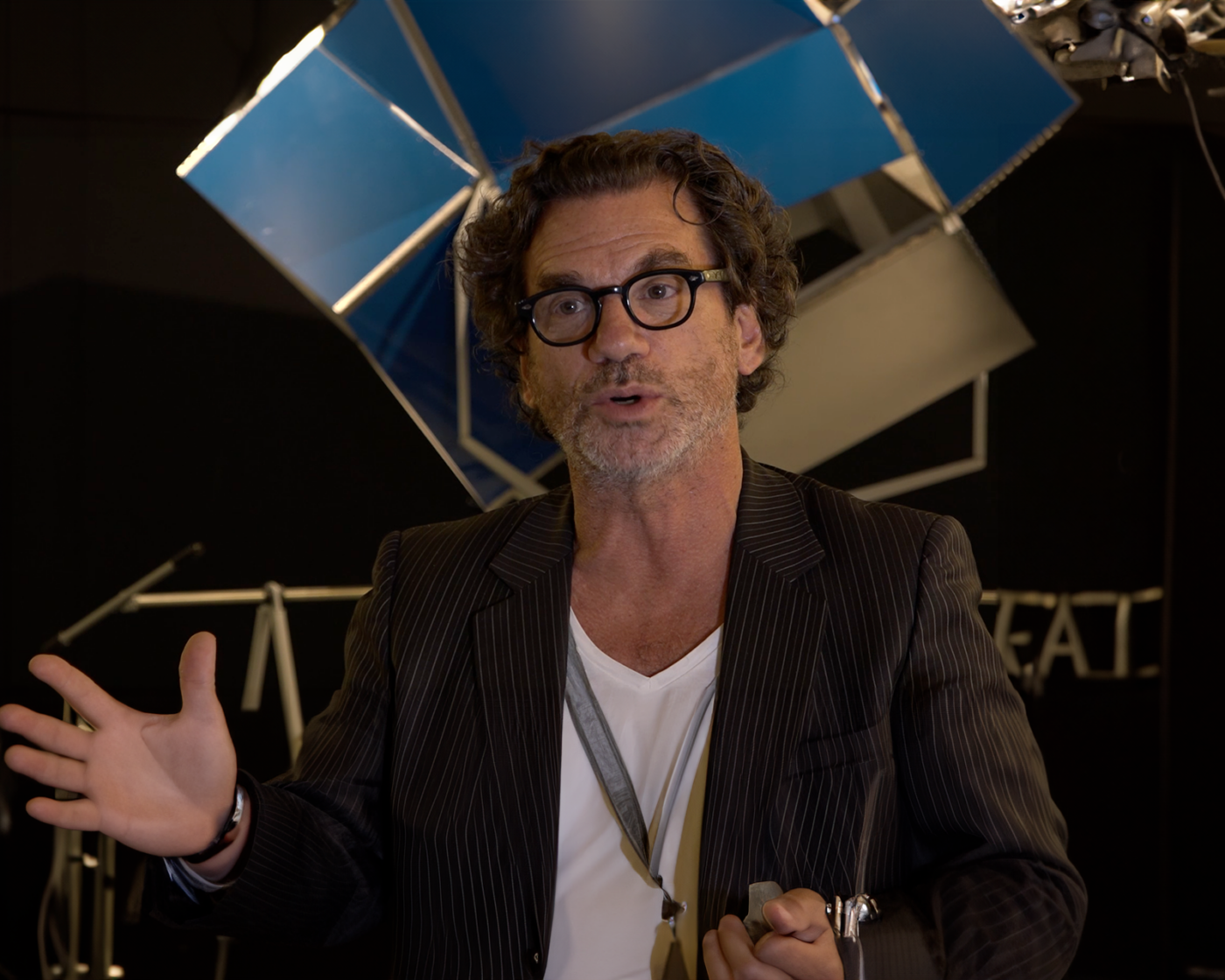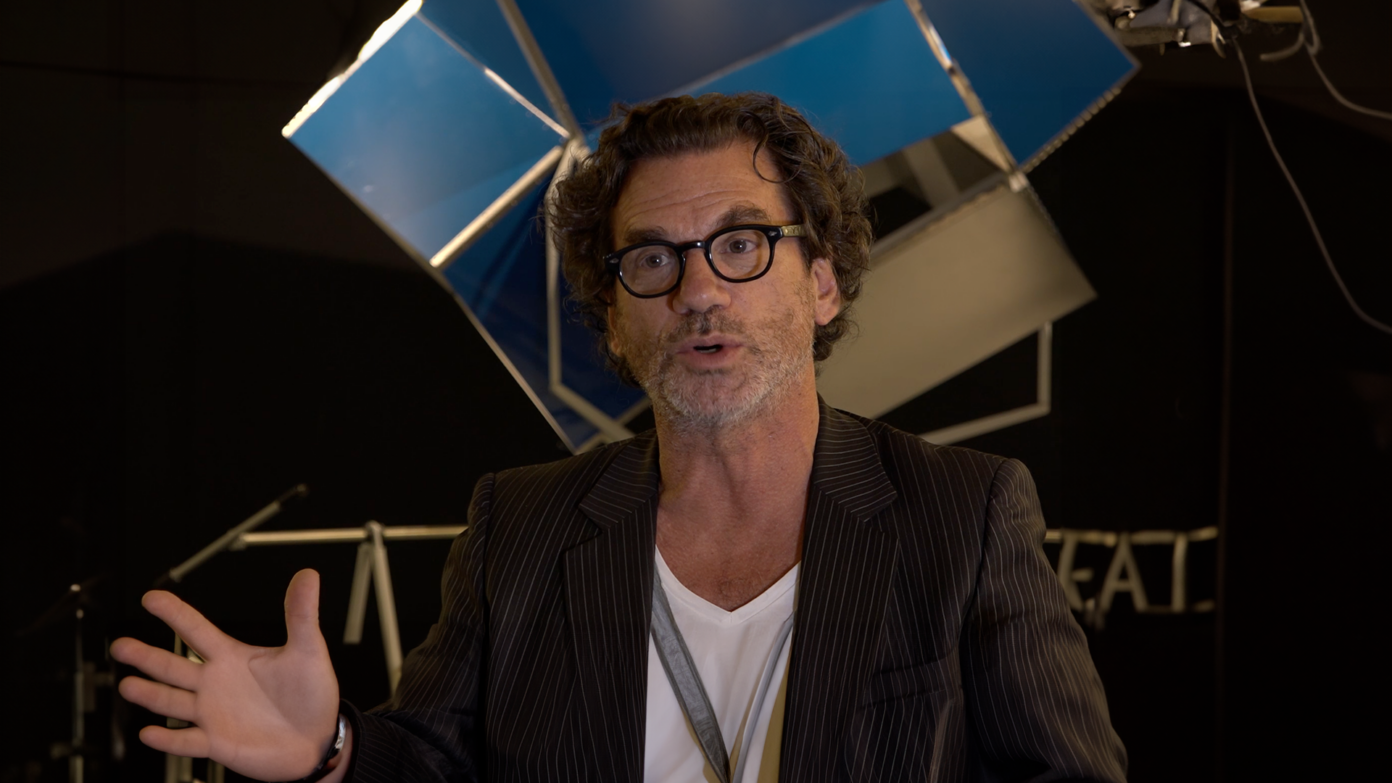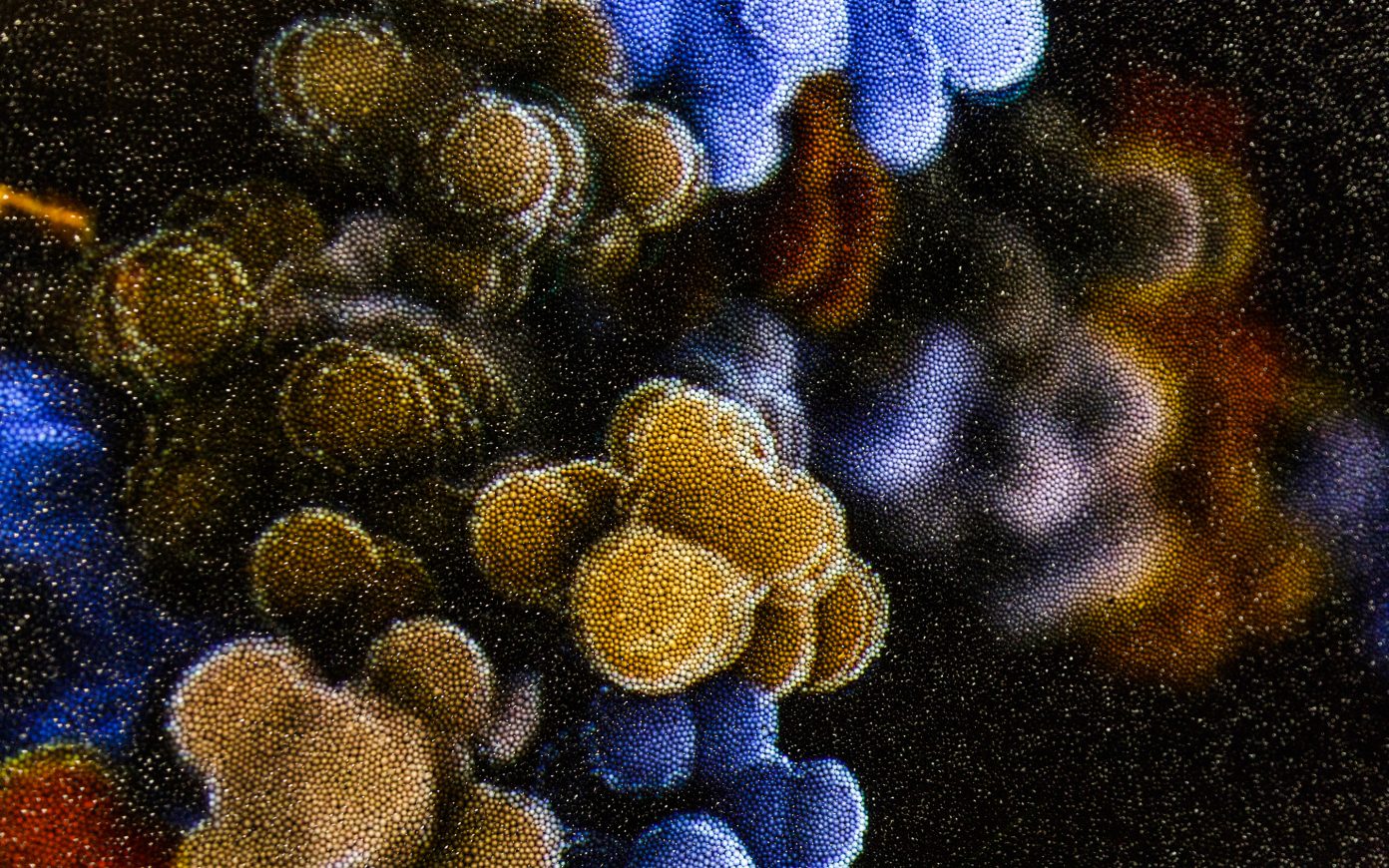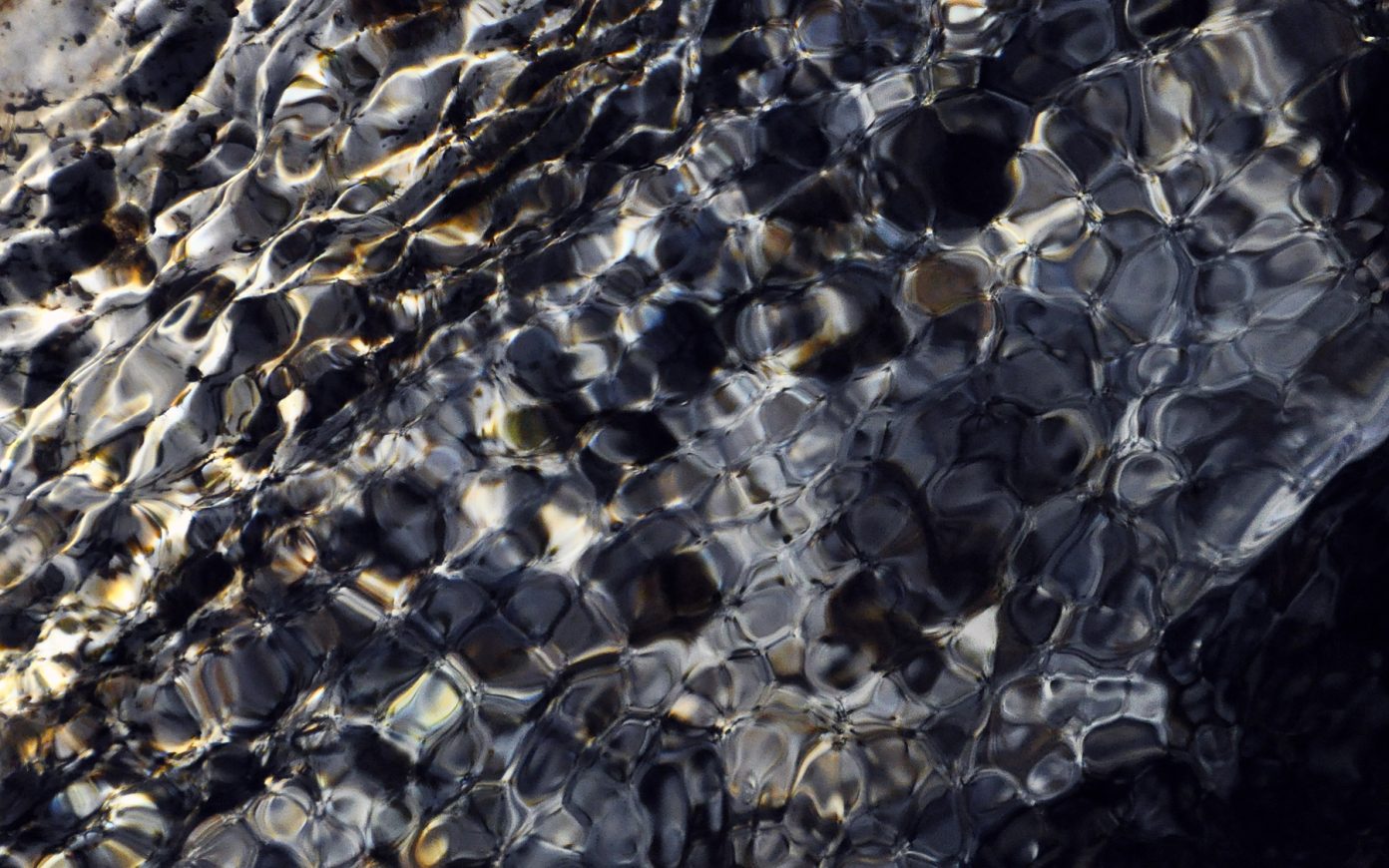Addressing the complexity of contemporary issues requires turning toward different fields of knowledge, exploring the links that exist between disciplines, and creating new bridges, notably with contemporary art. David Edwards explains how his work as an inventor in the fields of health and the environment led him toward sensorial design and drove him to deepen the cultural dimension of engineering. For this he founded Le Laboratoire, in Paris and then in Boston, a space that explores the frontiers of art and science. By allowing the public to participate in experimentation he studies the future of design and our ways of life. Evolving human behavior requires efficient communication on an aesthetic level. The future is told and invented through art. “ArtScience” thus brings together creative principles that have been separated by institutions, between the intuitive and the deductive. For Edwards, the most interesting work in design and architecture explores the symbiotic relationship of the living and non-living, with technology playing a central role.
